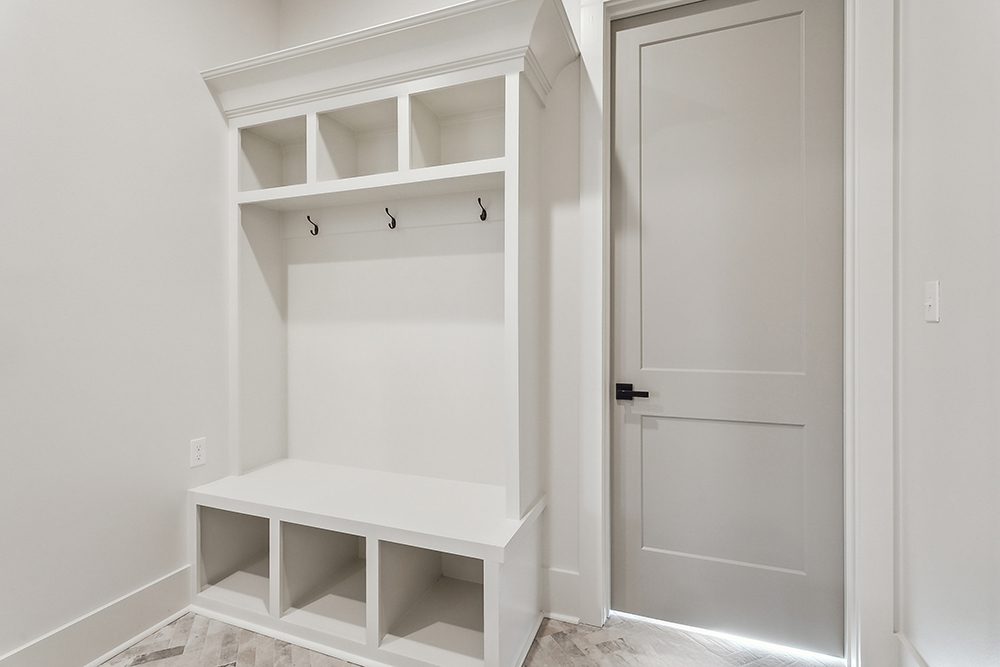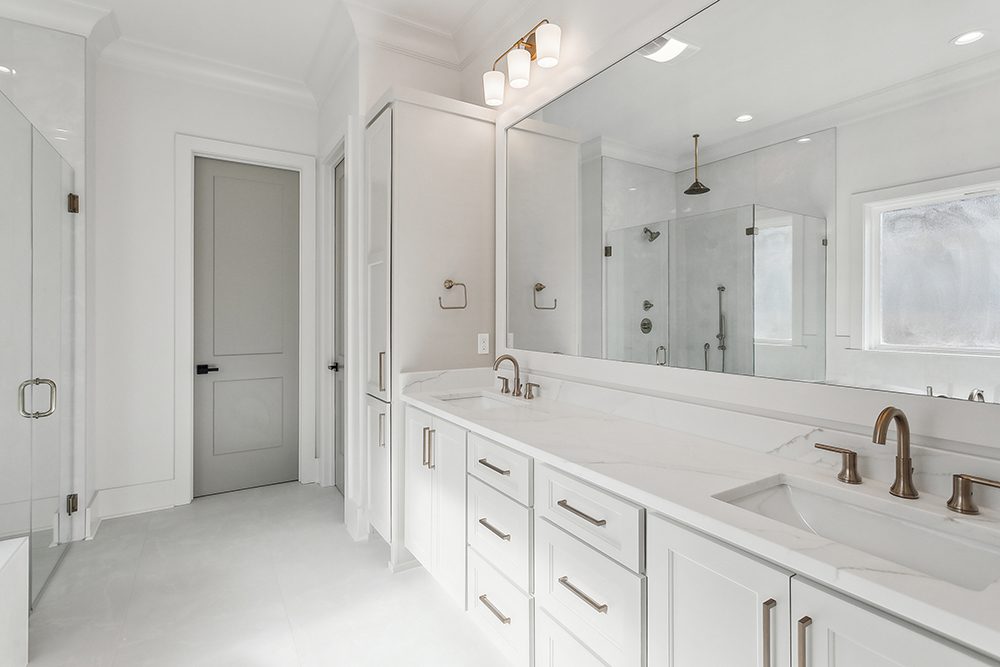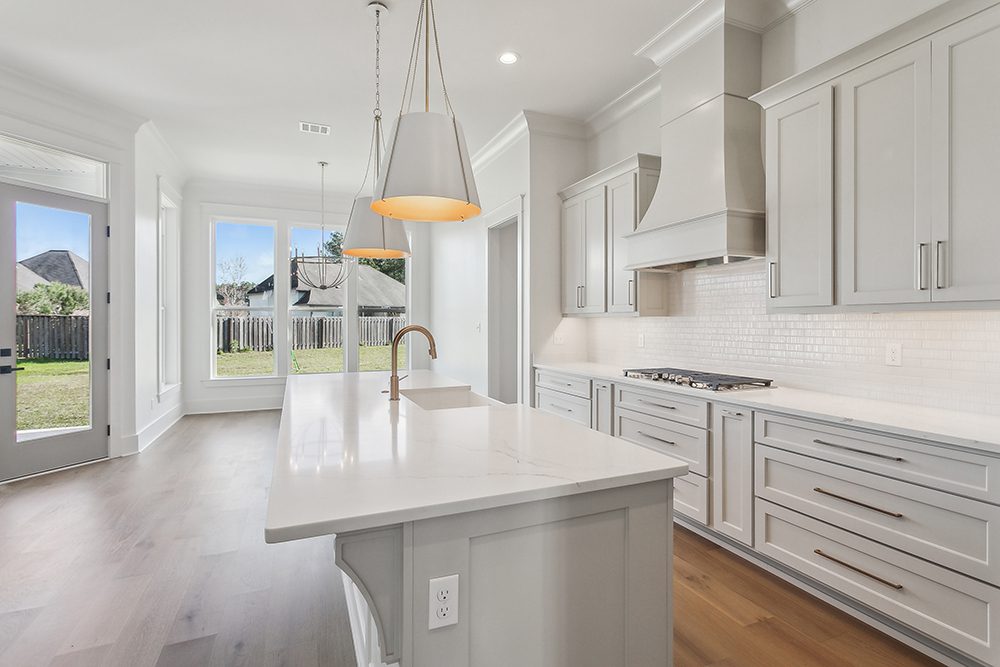How to Know When You Have Discovered Your Dream Home
Sometimes finding your dream home happens quickly. Other times, it feels like an endless search that tests your patience and makes you wonder if the right place even exists. But when it finally happens, whether on your first afternoon out or after months of hunting, the signs are usually unmistakable. Real estate experts share the clear signals that tell you it is not just another house, it is the house.
The first and most critical sign is that the home fits your budget. No matter how perfect a property seems, it is not worth jeopardizing your financial health. Briana Johnson, a real estate agent with Better Homes and Gardens Real Estate Lifestyles Realty, stresses the importance of setting a firm price cap during the pre-approval process and sticking to it. Just because a lender approves you for a higher amount does not mean you should stretch your monthly payment to the limit. With property taxes and insurance premiums likely to fluctuate over the years, giving yourself some financial breathing room is essential to avoid future stress.
Another sure sign is when you find yourself lingering during the showing. Most house tours follow a simple rhythm: walk in, take a look, move on, and repeat. But sometimes, you step into a home and simply do not want to leave. Mike Ertmer, an agent with Better Homes and Gardens Real Estate Special Properties, says it is easy to spot when a buyer has made an emotional connection. They wander back into the same rooms, study every detail, and light up with excitement. When you find yourself lingering and imagining life there, it is a powerful clue that you have found something special.
Beyond emotions, a home that meets your key non-negotiables is a practical sign that it might be the one. These essentials might include the minimum number of bedrooms, bathrooms, or a certain square footage. As Johnson points out, cosmetic updates can always come later, but finding a home with the right bones from the start is critical. Skipping your must-haves in the hopes of fixing things later usually leads to frustration.
As you walk through a home, another subtle shift might happen. You start mentally moving in. Suddenly, you are envisioning where the couch would go, planning coffee mornings by the window, or picturing movie nights in the living room. Ertmer often sees this change firsthand when buyers begin calling the property a home instead of a house. When your imagination runs wild in the best way, it is a clear sign your heart is already there.
Location is another factor you cannot overlook. A beautiful home loses its shine if it is not in a place that supports your lifestyle. Johnson reminds buyers that proximity to friends, work, or good schools can dramatically influence long-term satisfaction. Feeling connected to your surroundings and having a sense of community contributes to both emotional well-being and overall happiness. While you might have to compromise on a few wishlist items, the right location should feel like a place where you truly belong.
Of course, falling in love with a house emotionally is not enough. The major systems must check out too. Nothing kills the excitement faster than realizing you are facing big-ticket repairs right after moving in. Johnson advises paying special attention to essentials like the roof, heating and cooling system, plumbing, and electrical systems. A strong inspection can reveal potential red flags early, allowing you to make an informed decision and avoid unexpected costs that can quickly turn your dream home into a nightmare.
Finally, sometimes it all comes down to a feeling. Beyond budgets, checklists, and inspections, there is often an undeniable sense that you have found the right place. Johnson notes that she has seen buyers experience a complete shift when this happens. Small imperfections become unimportant, and the bigger picture takes over. While practical needs must still be met, you find yourself more willing to be flexible because deep down, you know you have found your home.
Buying a home is as much an emotional journey as it is a financial one. If you find yourself ticking off these signs, from budget alignment to that gut feeling of belonging, you just might be standing inside your future home.






